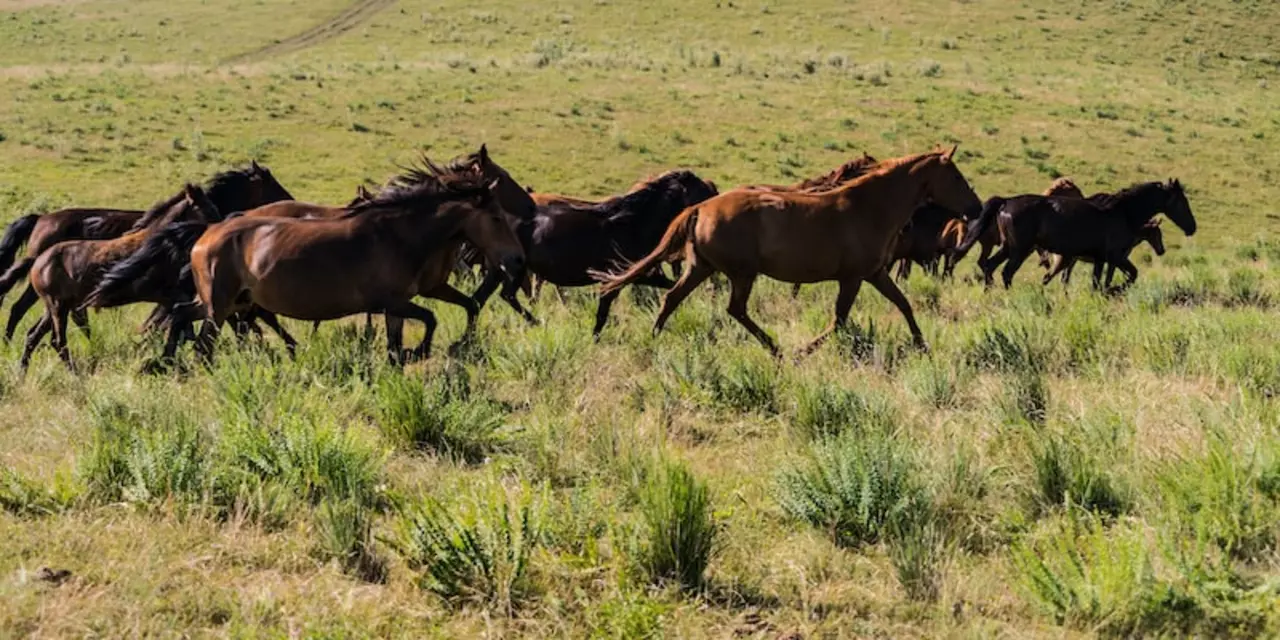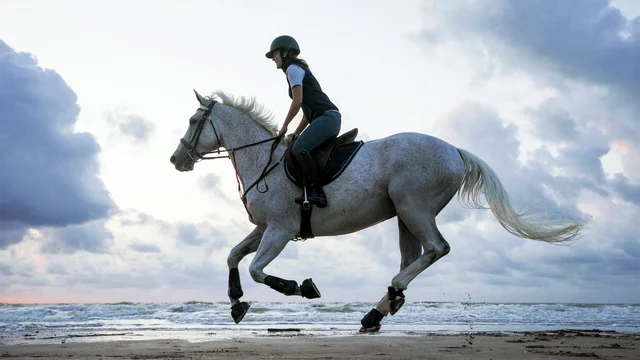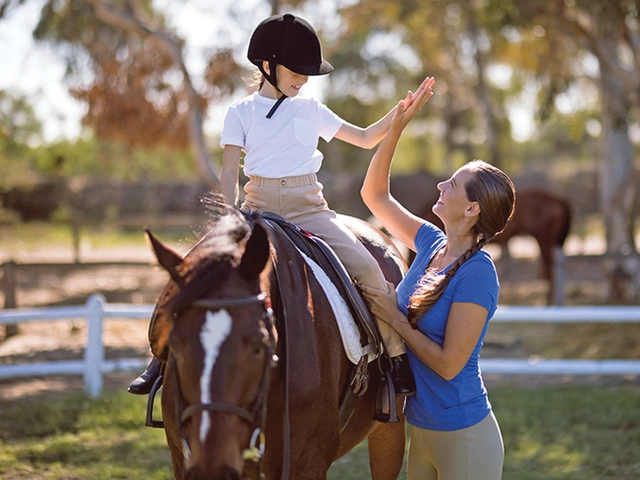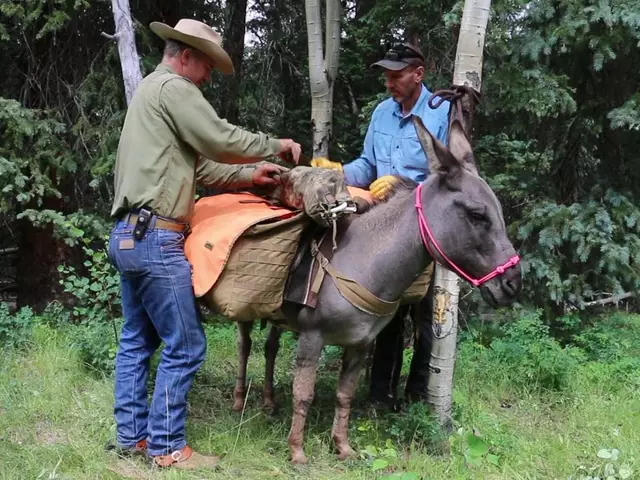Ownership of Horses: What You Need to Know Before Getting Started
Thinking about adding a horse to your life? Owning a horse is exciting, but it also comes with real costs, chores, and decisions. Below you’ll find the basics that help you move from dream to reality without surprises.
Choosing the Right Horse for Your Goals
First, decide why you want a horse. Are you after trail riding, competition, or just a companion? Your goal narrows the breed, size, and temperament you should look for. A calm, well‑trained pony might be perfect for a beginner, while an experienced jumper fits a rider aiming for shows. When you visit a stable, watch how the horse reacts to people, noise, and handling. Ask for a health check, vet records, and a recent dental exam – these documents save headaches later.
Don’t overlook the horse’s history. A horse that’s been re‑homed may have quirks that need extra patience. A short test ride helps you feel the balance, response to reins, and overall comfort. If something feels off, keep looking – the right match makes daily work feel easier.
Budgeting for Ownership
Owning a horse isn’t a one‑time purchase. Expect recurring costs like boarding, feed, farrier visits, vet care, insurance, and equipment. A typical boarding fee ranges from £150 to £350 a week, depending on facilities. Feed can add another £50‑£100 monthly, while routine vet checks and vaccinations run about £200‑£300 per year.
Set aside an emergency fund of at least 10% of your annual budget for unexpected injuries or illnesses. Insurance for mortality, medical, and liability is optional but often worth the peace of mind. When you add equipment – saddle, bridle, boots, grooming kit – you’ll spend a few hundred pounds at the start. Adding a small buffer for these items keeps you from scrambling later.
If you’re on a tight budget, consider a lease or a part‑ownership arrangement. Leasing lets you ride a horse for a set number of days each week while sharing upkeep costs with the owner. It’s a good way to test ownership before committing fully.
Daily Care and Responsibilities
Every day starts with a check‑in. Turn out the horse, make sure water is clean, and feed the right amount of hay or pasture. Grooming isn’t just about looking good; it helps spot cuts, swelling, or parasites early. A quick brush, mane check, and leg inspection take five minutes but catch problems before they grow.
Exercise is vital for both horse and rider. Depending on your schedule, a 20‑minute walk, a round of arena work, or a trail ride keeps the horse fit and mental health balanced. Remember to cool down with a slow walk and another grooming session.
Stall cleanliness matters. Clean out manure daily, replace bedding as needed, and keep the stall dry. A tidy environment reduces respiratory issues and makes the horse more content.
Legal and Ethical Aspects
Owning a horse means you’re responsible for its welfare and for others’ safety. In the UK, the Animal Welfare Act requires proper food, water, shelter, and veterinary care. Failure to meet these standards can lead to fines or prosecution.
Liability insurance protects you if your horse injures a rider or a bystander. Many arenas and trails require proof of coverage before you can ride there. Keep your paperwork up to date and store it where you can easily retrieve it.
Finally, think about the long‑term plan. Horses can live 25‑30 years, so consider where they’ll stay if you move, retire, or can no longer ride. Having a backup plan – a trusted friend, a resale agreement, or a sanctuary – shows responsible ownership.
Owning a horse is a rewarding journey when you enter it with realistic expectations, solid budgeting, and daily routines. Use this guide as a checklist, adjust it to your situation, and enjoy the partnership that comes with true ownership.



